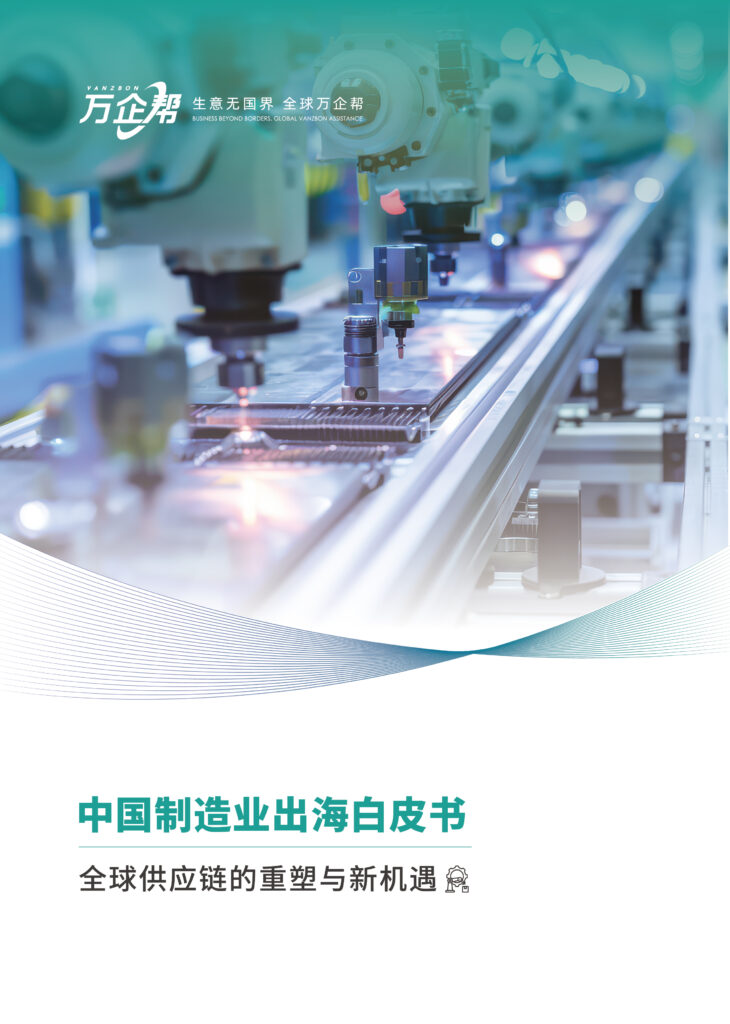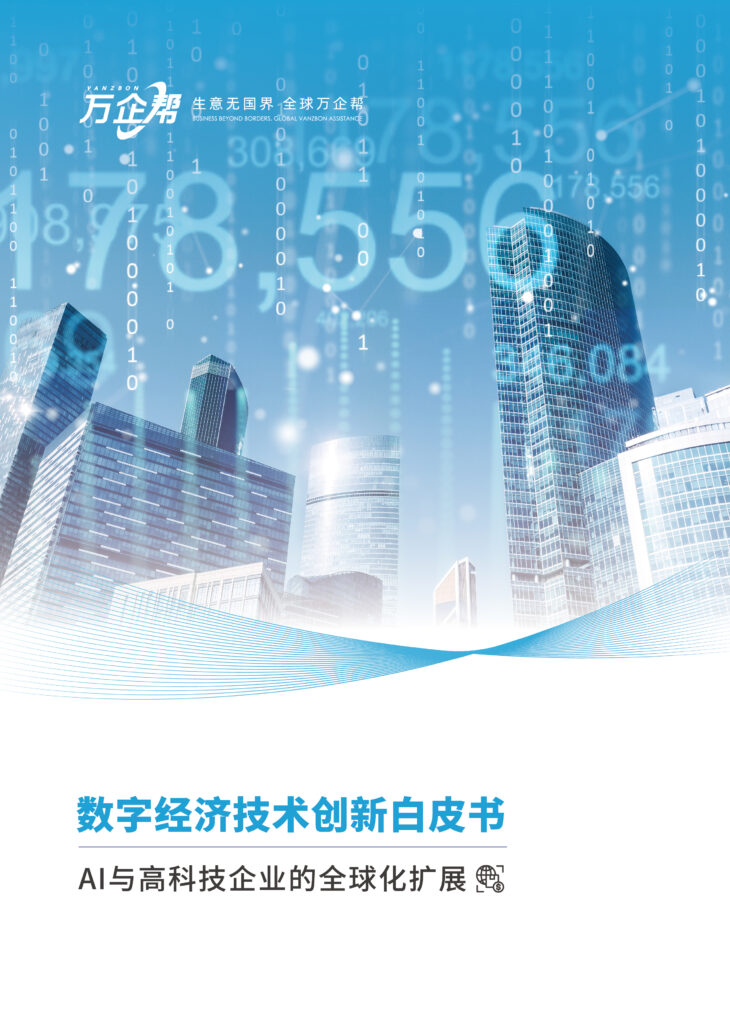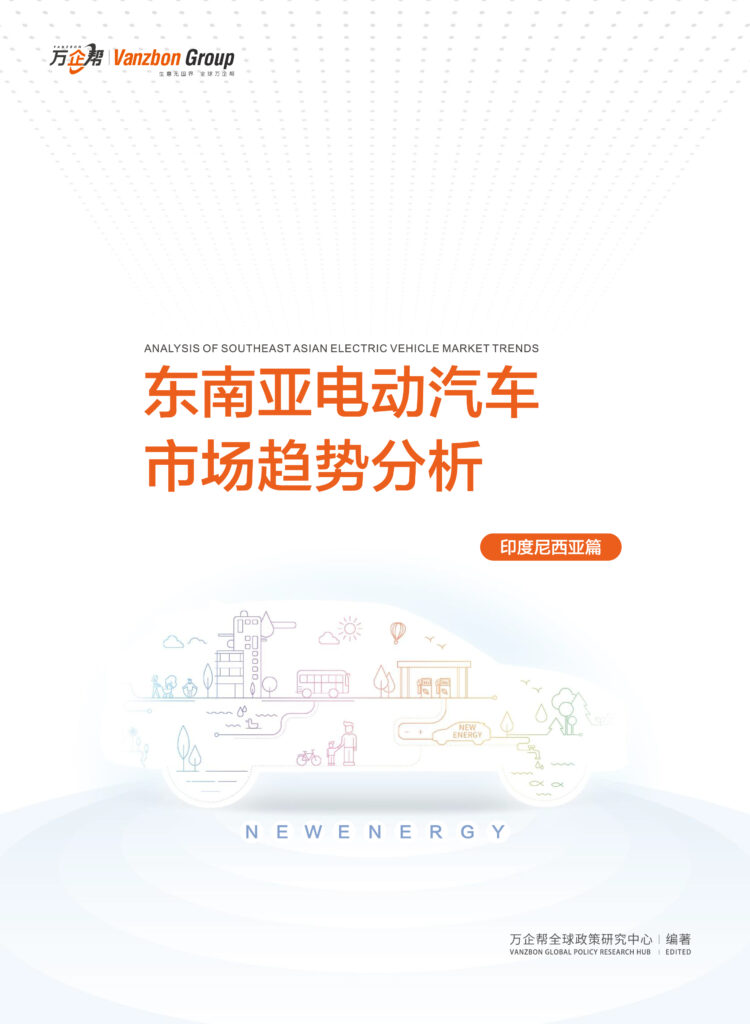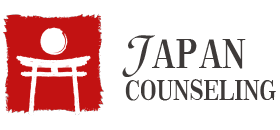The organizational structure of Japanese companies has long been known for its uniqueness. Compared with Western companies, Japanese companies display a completely different management philosophy and operating methods. This difference is not only reflected in the superficial organizational structure, but is also deeply rooted in Japan’s historical traditions and cultural values. From the merchant system in the Edo period to the zaibatsu system after the Meiji Restoration, and then to the modern corporate structure after World War II, the organizational form of Japanese companies has undergone continuous evolution, but has always maintained a distinct “Japanese characteristic”. This uniqueness is mainly reflected in its emphasis on collectivism, pursuit of harmony, and emphasis on long-term and stable relationships. For example, the famous “lifetime employment system” and “seniority system” are typical representatives of Japanese corporate culture, which have shaped a unique workplace ecosystem.
At the same time, Japan’s unique decision-making mechanisms, such as the “Ringi System” and “Nemawashi”, also fully reflect the Japanese society’s cultural tendency to focus on consensus and avoid conflicts. Understanding these unique features can not only help us better grasp the operating logic of Japanese companies, but also provide valuable insights for foreign companies that intend to enter the Japanese market. In the following content, we will delve into various aspects of the organizational structure of Japanese companies, reveal the cultural genes behind it, and analyze its advantages and challenges in the modern business environment.
This introduction summarizes the main features of Japanese corporate organizational structure and briefly mentions its historical background and cultural influence. It provides readers with an overall framework to guide them into the more detailed discussion below. If you need any adjustments or expansions in this introduction, please feel free to let me know.
Basic organizational hierarchy of Japanese companies
The basic organizational structure of Japanese companies reflects their unique corporate culture and management philosophy. This structure not only ensures the effective operation of the company, but also reflects the characteristics of Japanese society that emphasizes harmony and collective decision-making. The organizational structure of Japanese companies mainly includes four core parts: shareholders’ meeting, board of directors, board of supervisors and executive level.
The general meeting of shareholders (株主跏會) is the highest decision-making body of Japanese companies. It is usually held once a year and attended by all shareholders. At this meeting, shareholders review and vote on major matters of the company, such as the approval of the annual financial report, the appointment or removal of directors and supervisors, and profit distribution plans. Although the general meeting of shareholders has the final decision-making power, in Japanese corporate culture, it is usually respected to maintain the continuity and stability of decision-making by the management.
The board of directors (取締務會) is the core management body of the company, responsible for formulating the company’s business strategy and important decisions. The board of directors is elected by the general meeting of shareholders and usually includes senior executives and external directors. In Japan, the board of directors is not only responsible to shareholders, but also to employees, customers, suppliers and other stakeholders. In recent years, in order to improve the level of corporate governance, more and more Japanese companies have increased the proportion of external independent directors.
The Board of Supervisors (監査業會) is a supervisory body unique to Japanese companies. Its main responsibility is to supervise the actions of the board of directors and senior management to ensure that they comply with the law, the company’s articles of association and the interests of shareholders. Supervisors are elected by the general meeting of shareholders and operate independently of the board of directors. They have the right to attend board meetings, review the company’s financial situation, and report to the general meeting of shareholders when problems are found. The existence of the board of supervisors is an important feature of the Japanese corporate governance structure, which aims to balance power and prevent management from abusing its power.
The executive level (executive department) is the management team responsible for the daily operation of the company. In Japanese companies, the executive level is usually led by the president (CEO) and has heads of various functional departments. The executive level is responsible for implementing the strategies formulated by the board of directors and managing the company’s daily operations. A notable feature of Japanese companies is the “Ringi System”, that is, the decision-making process is usually approved from the bottom up to ensure that all parties are fully considered. Although this system may lead to a slower decision-making process, it helps to reach a consensus and reduce resistance in execution.
These four levels together constitute the basic organizational structure of Japanese companies. The interactions and checks and balances between them ensure the stable operation and sustainable development of the company. Understanding this structure is crucial for foreign companies that want to do business in the Japanese market, as it directly affects the company’s decision-making process, communication methods, and overall operational efficiency.
Senior Management Structure
The top management structure of Japanese companies reflects their unique corporate culture and decision-making model. In this hierarchy, the most important positions include the chairman, president, vice president, senior manager and general manager. Each position has its specific responsibilities and decision-making authority, and together they constitute the company’s leadership core.
The Chairman is the highest leader of the company, usually a senior former president. The Chairman is mainly responsible for the company’s overall strategic direction and external relations. They participate in important social events on behalf of the company and maintain relations with the government, industry associations and other important stakeholders. Although the Chairman has less direct involvement in daily operations, he has the final say and veto power in major decisions.
The President & CEO is the person in charge of the actual operation of the company and is responsible for the company’s overall business performance. The President formulates and implements the company’s business strategy, makes key business decisions, and directly manages the senior management team. They have the power to appoint or fire senior executives, approve major investments and budgets, and sign important contracts on behalf of the company. The President is usually the main representative of the company to speak to the outside world and is the main person reporting to the board of directors and shareholders.
The Vice President is the direct assistant to the President and is usually responsible for a specific business area or functional department. They assist the President in developing strategy and overseeing its implementation, and can perform some duties in the absence of the President. The Vice President has the authority to make important decisions in the area of his or her responsibility, but usually needs to consult with the President on major matters.
A Senior Managing Director is a senior board member who is usually in charge of a major business unit or key function of the company. They participate in the company’s strategic planning and have an important say in the board of directors. Senior Managing Directors can make important decisions within their areas of responsibility, but major matters still need to be consulted with the president or the board of directors.
The Managing Director is an important member of the board of directors, usually responsible for a specific business department or project. They implement the decisions of the board of directors, manage daily operations, and report to the Senior Managing Director or the President. The Managing Director has certain decision-making power within the scope of his or her responsibility, but larger decisions usually need to be reported to senior management for approval.
This multi-level senior management structure enables Japanese companies to achieve flexible decision-making and execution while maintaining stability. Each position has its own clear scope of responsibilities and authority, which together form a leadership team with close collaboration and clear division of labor. This structure not only reflects the characteristics of Japanese companies that attach importance to collective decision-making, but also ensures the efficiency and continuity of the company’s operations.
Middle management structure
The middle management structure of Japanese companies is an important bridge between high-level decision-making and grassroots execution, and usually includes four main positions: head of department, department head, vice-director and section head. These positions have their own responsibilities and work together to ensure the effective implementation of the company’s strategy and the smooth progress of daily operations.
The Division General Manager is the highest position in middle management and is usually responsible for managing a large business unit or multiple related departments. The main responsibilities of a Division General Manager include formulating departmental strategies, coordinating cross-departmental cooperation, managing large projects, and reporting to senior management. In terms of decision-making authority, Division General Managers can independently decide on resource allocation, personnel transfers, and investment decisions within a certain amount within the department. They also participate in the formulation of the company’s overall strategy and have an important say in management meetings.
Department Managers are responsible for each specific department and report directly to their respective department heads. The department manager’s responsibilities mainly include daily department operations management, annual plan formulation and execution, department budget management, and employee performance appraisal. In terms of decision-making authority, department managers can make decisions within the department budget, including personnel recruitment, training plan formulation, and small-scale project launches. They are also an important hub connecting superiors and subordinates, and they must both execute the instructions of their superiors and integrate the opinions of their subordinates.
The Deputy Manager is the deputy to the Minister, assisting the Minister in managing the affairs of the department. The main responsibilities of the Deputy Manager include coordinating the work of various departments within the department, supervising the progress of key projects, handling daily affairs, etc. Although the Deputy Manager usually does not have independent decision-making authority, they can handle some daily decisions on behalf of the Minister with the authorization of the Minister, and temporarily act as the Minister in the absence of the Minister. The role of the Deputy Manager also provides an important transition and training opportunity for employees to be promoted to the position of Minister.
Section Chief is the position in the middle management structure that is most closely connected with grassroots employees. Section Chiefs are responsible for managing specific business departments or teams, and directly guiding and supervising staff. Their main responsibilities include assigning daily work tasks, ensuring work quality and efficiency, training and guiding team members, and reporting work progress to the department chief. In terms of decision-making authority, Section Chiefs can make some daily decisions within the scope of their department, such as work arrangement adjustments, small expense approval, etc., but major decisions still need to be reported to the department chief for approval.
This middle management structure of Japanese companies emphasizes clear hierarchy and responsibilities, and ensures efficient and stable company operations through close communication and collaboration between superiors and subordinates. This structure also reflects the characteristics of Japanese companies that focus on long-term training and step-by-step promotion, providing employees with a clear career development path.
Grassroots staff structure
The grass-roots employee structure of Japanese companies is the foundation of their organizational system, which usually includes three main levels: Supervisor, Chief and Regular Employee. This structure reflects the characteristics of Japanese companies that emphasize hierarchy and order, and also reflects the hierarchical concept of Japanese society.
The supervisor is a key role in grassroots management. As a bridge between middle management and ordinary employees, the supervisor is responsible for overseeing the execution of daily work and ensuring the achievement of department goals. Their main responsibilities include assigning tasks, coordinating teamwork, training new employees, and reporting work progress to their superiors. The supervisor usually has certain decision-making power and can make some operational decisions in daily work, but important matters still need to be reported to the department head or section chief for approval.
The position of Chief is between the head of department and the general staff. They are usually experienced professionals with deep knowledge and skills in a specific field. The duties of the Chief are mainly focused on professional guidance and technical support. They are responsible for solving complex problems, guiding junior employees, and providing advice for professional decisions of the department. Although the Chief may not directly manage employees, their professional opinions have considerable influence in the decision-making process.
Regular employees are the company’s foundational force. They perform daily tasks and drive the company’s operations. The duties of regular employees vary by department and professional field, but generally include completing assigned tasks, participating in team projects, learning and improving skills, etc. Although regular employees have limited authority in decision-making, Japanese companies generally encourage employees to participate in company improvements and innovations through channels such as the proposal system. In addition, Japan’s unique lifetime employment system makes regular employees tend to have a strong sense of loyalty and belonging to the company.
In Japanese companies, these three levels of employees work closely together to form an efficient and orderly work system. Each position has a clear division of responsibilities and scope of authority, while maintaining a certain degree of flexibility, which enables Japanese companies to adapt to the needs of the modern business environment while maintaining traditional management models. Understanding this grassroots structure is crucial for foreign companies that want to do business in Japan, as it helps to better integrate into Japan’s corporate culture and management system.
Featured Positions and Departments
There are several unique and important departments in the organizational structure of Japanese companies that play a key role in ensuring the efficiency, compliance and competitiveness of corporate operations. These departments include the Internal Audit Office, General Affairs Department, Human Resources Department, Management Department and Sales Department.
The Internal Audit Office is an important part of Japan’s corporate governance system. This department reports directly to the board of directors or top management and is responsible for evaluating and improving the effectiveness of the company’s risk management, control and governance processes. The staff of the Internal Audit Office usually have an accounting, legal or business management background. They conduct independent audits and assessments to ensure that the company’s various departments and processes comply with laws, regulations and company policies.
The General Affairs Department plays a multifunctional role in Japanese companies. This department is responsible for managing the company’s daily operations, including facility management, security, company document management, and company event organization. The General Affairs Department is also often responsible for liaison work with government departments and external organizations, and plays an important role in maintaining the company’s image and handling various administrative matters.
The Human Resources Department (HRD) holds a special position in Japanese companies. In addition to traditional recruitment, training and employee relations management functions, Japanese HR departments are deeply involved in employee career development planning. They are responsible for implementing unique Japanese corporate culture features such as lifetime employment and seniority-based employment. HR departments usually have a greater say in company decision-making because talent is considered the company’s most important asset.
The Accounting Department is not only responsible for daily accounting and financial reporting, but also has broader financial management responsibilities in Japanese companies. They are involved in strategic financial decisions such as budget preparation, cost control, and tax planning. Due to the complexity of Japan’s accounting standards and tax laws, the Accounting Department plays a key role in ensuring the company’s financial compliance and optimizing financial performance.
The Sales Department has a unique position and way of operation in Japanese companies. Japanese marketing emphasizes building long-term business relationships and customer trust. Employees in the Sales Department are not only responsible for selling products or services, but also for gaining a deep understanding of customer needs and providing comprehensive solutions. They often need to work closely with other departments in the company to ensure that products and services meet the specific needs of customers.
These distinctive departments reflect the uniqueness of Japanese corporate culture and management philosophy. Together, they form an interdependent and collaborative system that supports the efficient operation and sustainable development of Japanese companies. For foreign companies that want to enter the Japanese market, it is crucial to understand the functions and operation of these departments, which will help them better adapt to the Japanese business environment.
Decision-making process in Japanese companies
The decision-making process of Japanese companies is unique, reflecting the cultural characteristics of Japanese society that emphasizes harmony, consensus and collective wisdom. In Japanese companies, the two most prominent decision-making mechanisms are the Ringi System and Nemawashi. Although these two mechanisms are cumbersome, they can ensure the comprehensiveness and feasibility of decisions, and are the essence of Japanese corporate management culture.
The proposal system is a common bottom-up formal decision-making process in Japanese companies. In this system, decision proposals are usually initiated by grassroots employees or middle-level managers, and then submitted to the upper level step by step, and reviewed and approved by each level. Each level of supervisor has the right to modify, approve or reject the proposal. Although this process takes a long time, it can fully absorb the opinions of all levels, making the final decision more comprehensive and feasible.
The core of the proposal system is the proposal, which is a document that details the content, reasons and expected results of the proposal. During the delivery process, the proposal will be accompanied by the opinions and signatures of supervisors at all levels and finally submitted to senior decision makers for approval. This method not only allows decision makers to fully understand the ins and outs of the proposal, but also clarifies the responsibilities of each participant, which is conducive to the implementation of the decision.
Complementing the proposal system is nekaishi, an informal negotiation process. “Nekaishi” literally means “digging for the roots of a tree”, which refers to the process where the proposer communicates privately before a formal meeting or decision to learn about and gain support from relevant personnel. This process usually occurs before or during the submission of a proposal, with the aim of resolving possible objections in advance and paving the way for formal decision-making.
During the process of genhuishi, the proposer will have one-on-one communication with various stakeholders to explain the proposal, listen to their opinions and make necessary adjustments. This informal communication can detect potential problems early and reduce the possibility of serious disagreements in formal settings. At the same time, it also reflects the Japanese culture’s emphasis on harmony and avoidance of open conflict.
The combination of these two decision-making mechanisms makes the decision-making process of Japanese companies seem slow, but in fact it can maximize consensus and reduce resistance in the execution stage. They reflect the management philosophy of Japanese companies pursuing full participation, collective wisdom and long-term stability. However, in today’s globalization and digitalization, this traditional decision-making model also faces efficiency challenges. Some Japanese companies are exploring how to improve the flexibility and speed of decision-making while retaining traditional advantages.
In general, understanding the litigation system and gengoshi is crucial for foreign companies that want to do business in Japan. It not only helps foreign companies better integrate into the Japanese business environment, but also provides unique ideas for cross-cultural management and decision-making.
Characteristics of Japanese company organizational structure
Japanese corporate organizational structures have their own unique characteristics, which are deeply rooted in Japan’s cultural traditions and social values. These characteristics not only shape the way Japanese companies operate, but also have a profound impact on their organizational structure. The three most notable characteristics are the lifetime employment system, the seniority system, and the collective decision-making culture.
The lifetime employment system is one of the most well-known features of the organizational structure of Japanese companies. Under this system, employees usually join a company after graduating from university and work for the company until retirement. This practice cultivates a strong sense of loyalty and belonging to the company, while also encouraging companies to invest in and train their employees over the long term. The lifetime employment system has influenced the organizational structure of companies, making it more stable and hierarchical. Companies tend to establish clear promotion channels to keep employees motivated and loyal. However, as the economic environment changes, the pure lifetime employment system is gradually being replaced by more flexible forms of employment.
Closely related to the lifetime employment system is the seniority system. Under this system, employees’ pay and status are based primarily on their years of service and age at the company. This practice reinforces the hierarchical structure of organizations and creates a stable expectation of promotion. Seniority affects the company’s decision-making process, as senior positions are often held by the most senior employees. This system has also shaped the “tiered” management structure unique to Japanese companies, with each level having clear responsibilities and authorities. However, this system also faces challenges, especially in the modern business environment that requires rapid adaptation to change and values innovation.
The culture of collective decision-making is another notable feature of the organizational structure of Japanese companies. This culture emphasizes consensus and harmony, which is reflected in the company’s decision-making process. Japanese companies often adopt the “ringi system”, where decisions are approved from the bottom up, and “nemawashi”, which is informal consultation before formal meetings. This collective decision-making style affects the company’s organizational structure, making communication and collaboration between departments essential. It also leads to a flatter organizational structure because even lower-level employees can participate in important decisions. However, this approach can also lead to a slower decision-making process, sometimes affecting the company’s ability to respond quickly to market changes.
These characteristics have shaped the unique organizational culture and structure of Japanese companies, which have brought stability and employee loyalty, but also faced challenges in the era of globalization and rapid change. Modern Japanese companies are trying to find a balance between traditional values and modern management concepts to maintain their competitiveness and adapt to the changing business environment.
Changes in the organizational structure of modern Japanese companies
First, organizational flattening has become an important trend in many Japanese companies. Traditional Japanese companies are known for their pyramid structure with many levels and strict hierarchy, but this structure seems too rigid in today’s rapidly changing business environment. In order to improve decision-making efficiency and organizational flexibility, more and more Japanese companies have begun to streamline management levels and shorten the decision-making chain. For example, some companies have abolished the “deputy minister” position between the “minister” and the “section chief” and directly implemented flat management. This not only speeds up the flow of information and decision-making, but also provides more promotion and development opportunities for young employees.
Secondly, the introduction of external directors has become another important direction of Japanese corporate reform. For a long time, the board of directors of Japanese companies has been mainly composed of internal executives. Although this practice ensures the continuity of decision-making, it is also easy to lead to “group thinking” and lack of external supervision. To improve this situation, Japan has revised the “Company Law” to encourage listed companies to introduce independent directors. The addition of external directors not only brings new perspectives and expertise, but also helps to improve the transparency and objectivity of corporate decision-making. Many large Japanese companies, such as Sony and Nissan, have introduced a large proportion of external directors on their boards of directors, bringing new vitality to the company.
Finally, strengthening corporate governance has become the core of Japanese corporate reform. The Corporate Governance Guidelines implemented by the Japanese government in 2015 explicitly require listed companies to strengthen internal control, improve the quality of information disclosure, and attach importance to shareholder rights. This move has prompted many Japanese companies to re-examine their governance structure, strengthen risk management, and improve operational transparency. For example, some companies have established audit committees led by independent directors to strengthen supervision of management. At the same time, more companies have begun to pay attention to communication with shareholders, hold investor briefings regularly, and improve the transparency of operational decisions.
Although these changes have challenged Japan’s traditional corporate culture, they have also injected new vitality into Japanese companies. By flattening the organization, Japanese companies have improved decision-making efficiency; by introducing external directors, they have enhanced the company’s innovation capabilities and international vision; and by strengthening corporate governance, they have improved corporate transparency and market confidence. These changes not only help Japanese companies maintain their competitiveness in the global market, but also provide more opportunities and a better business environment for foreign companies that want to enter the Japanese market.
Although there are still many challenges in the transformation process, these efforts are undoubtedly reshaping Japan’s corporate ecology and laying a more solid foundation for the future development of Japan’s economy.
In conclusion
1. Advantages and challenges of Japanese corporate organizational structure
The organizational structure of Japanese companies is unique, and in the long-term development, a system has been formed that has both advantages and challenges. Its advantages are mainly reflected in the following aspects: First, the rigorous hierarchical system helps to maintain the stability and continuity of the company and ensure the prudence of decision-making. Secondly, the collective decision-making culture promotes the participation of all employees, which is conducive to fully considering the opinions of all parties and reducing the risk of wrong decisions. Furthermore, the lifetime employment system and seniority system enhance the loyalty and sense of belonging of employees, which is conducive to the long-term cultivation of talents and the inheritance of skills.
However, this organizational structure also faces some challenges: First, too many levels may lead to inefficient decision-making and difficulty in responding to market changes quickly. Second, over-emphasis on collective decision-making may blur individual responsibilities and affect the development of innovation and risk-taking. Third, the traditional promotion system may inhibit the rapid growth of young talents and is not conducive to attracting and retaining high-potential talents. Finally, in the context of globalization, the closed nature of Japanese companies may affect their international competitiveness.
2. Implications for foreign companies wishing to enter the Japanese market
For foreign companies that want to enter the Japanese market, it is crucial to understand and adapt to the Japanese corporate organizational structure. First of all, foreign companies should respect Japan’s business culture and decision-making process, especially the “dispute resolution system” and “nekaishi” decision-making mechanisms. Patience and meticulousness are the keys to success.
Secondly, foreign companies should pay attention to establishing an organizational structure that is suitable for the Japanese market. They can consider introducing some Japanese-specific positions, such as “head of department” or “section chief”, so as to better integrate into the local business environment. At the same time, they should also pay attention to balancing the relationship between localization and maintaining the original company culture, and find a suitable balance point.
Furthermore, in terms of talent management, foreign companies need to understand the expectations and motivations of Japanese employees. Although it may not be possible to completely replicate the lifetime employment system, providing long-term and stable career development prospects will help attract and retain outstanding Japanese talent. At the same time, attention should also be paid to gradually introducing more flexible and performance-oriented management methods to improve the vitality and innovation capabilities of the organization.
Finally, foreign companies should realize that it takes time and patience to build trust and a network of relationships in Japan. Investing in long-term relationships and respecting local business etiquette and practices will lay a solid foundation for the company’s success in the Japanese market. At the same time, maintaining an open and learning attitude and constantly adjusting and optimizing one’s own organizational structure and management style will help to succeed in this unique and challenging market.
Case Analysis
To better understand the organizational structure of Japanese companies, we will analyze three representative Japanese large companies: Toyota Motor Corporation, Sony Group Corporation, and Mitsubishi Corporation. These companies are leaders in their respective fields, and their organizational structures reflect the characteristics and modernization trends of Japanese corporate management.
As a world-leading automaker, Toyota’s organizational structure reflects the essence of Japanese manufacturing. Toyota adopts a flat organizational structure that emphasizes quick decision-making and efficient execution. The top of the company is the board of directors, which is under the executive board. Of particular note is Toyota’s divisional system, such as the vehicle development division and the production technology division, each of which has considerable autonomy. Toyota has also established regional headquarters, such as Toyota North America and Toyota Europe, to meet the needs of global operations. Toyota’s organizational structure highlights its focus on research and development, production efficiency, and globalization strategy.
Sony Group’s organizational structure reflects the innovative spirit of Japanese technology companies. Sony adopts a matrix organizational structure that combines functional departments and business departments. At the top level, Sony has a board of directors and an executive board. The company is divided into several core business groups, such as games and network services, music, film and television, and electronic products. Each business group has relatively independent operating authority. Sony has also established functional departments such as global sales and marketing, R&D, and production across various business groups. This structure enables Sony to achieve cross-departmental sharing and coordination of resources while maintaining the focus of each business.
Mitsubishi Corporation represents the organizational model of Japan’s general trading companies. As a diversified enterprise, Mitsubishi Corporation has a relatively complex organizational structure. The highest level of the company is the board of directors, under which there is an executive committee. Mitsubishi Corporation’s business is divided into several major groups, such as natural gas, industrial materials, petrochemicals, mineral resources, automobiles and mobile travel. Each group is further divided into multiple departments. Mitsubishi Corporation also has a regional CEO system to manage its business around the world. It is worth noting that Mitsubishi Corporation has strengthened corporate governance in recent years and increased the proportion of external directors, reflecting the trend of corporate governance reform in Japan.
The organizational structures of these three companies are unique, reflecting the needs and management philosophies of different industries. Toyota’s structure highlights the efficiency and globalization of manufacturing; Sony’s matrix structure reflects the innovation and diversification of technology companies; Mitsubishi Corporation’s complex structure shows the breadth of business and global vision of a general trading company. Despite their different structures, these companies have adjusted and innovated based on traditional Japanese corporate culture in accordance with the needs of globalization and modernization.
By analyzing these cases, we can see that while maintaining traditional management characteristics, large Japanese companies are also actively adapting to the trend of globalization and modern corporate management concepts, and constantly optimizing their organizational structure to improve their competitiveness. This provides a valuable reference for foreign companies that want to enter the Japanese market or cooperate with Japanese companies.








